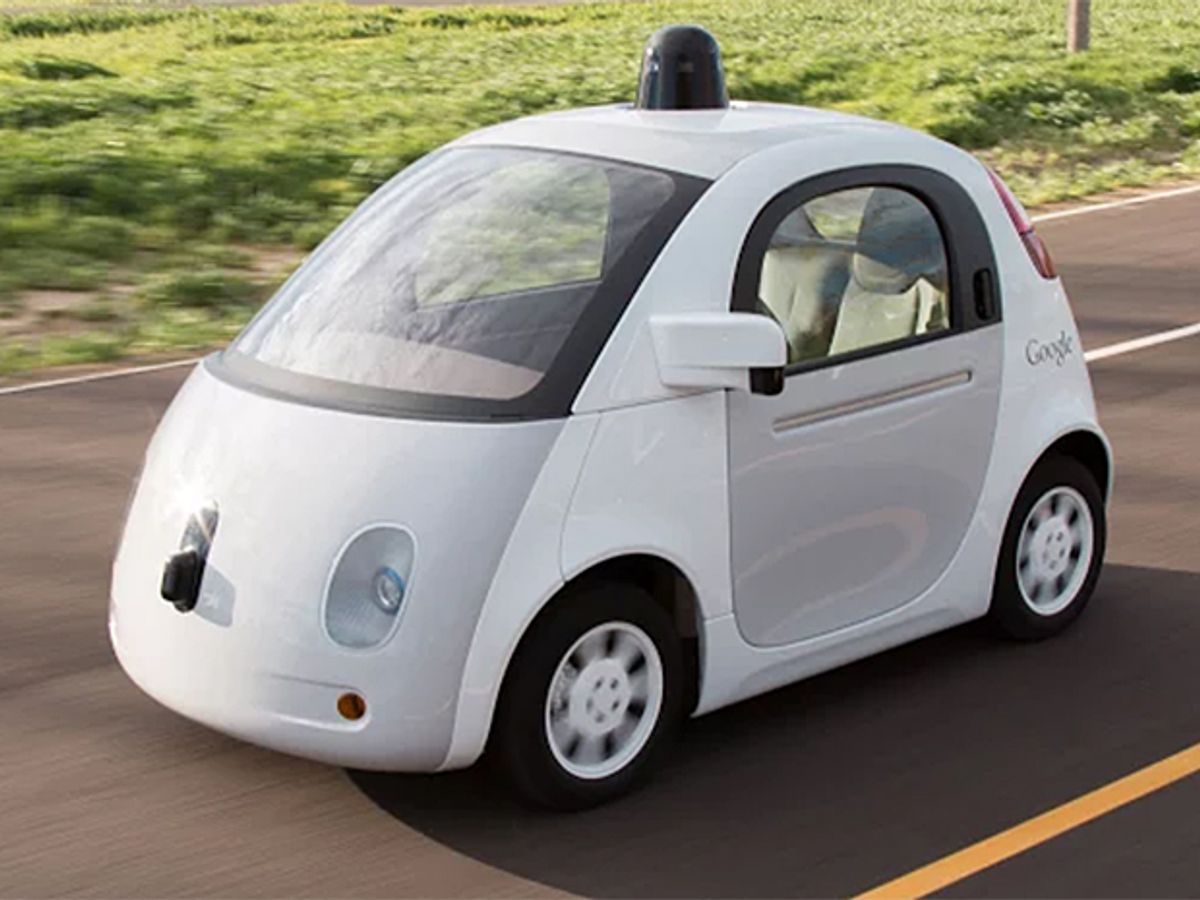Google’s self-driving cars are likely to roll out to four more US cities in the months ahead, if a new filing at the Federal Communications Commission (FCC) is anything to go by.
On January 26, Chris Urmson, director of Google’s self-driving car program, requested renewal of the company’s Experimental Authority for radio transmitters operating in the 76 GHz range. These are almost certainly long-range radars fitted to Google’s prototype self-driving cars.
The heavily-redacted filing notes that the mobile transmitters are currently located in Mountain View, Calif., and Austin, Tex., but states that Google is planning to test in four additional locations.
One is likely to be Ann Arbor, Michigan, where Google just posted a vacancy for a Program Manager for self-driving cars. This role includes responsibility for “[collaborating] with self-driving car engineers and external business partners to develop detailed program timelines with relevant milestones.”
Those external business partners could well include Mcity, a 13-hectare (32 acre) complex at the University of Michigan in Ann Arbor dedicated to evaluating connected and automated vehicles and systems. Mcity simulates a range of urban and suburban environments, including roads with intersections, traffic signs and signals, sidewalks, benches, street lights and buildings (or the facades of buildings).
Google would be able to test its prototype two-seater self-driving car at Mcity without the human safety driver and manual backup controls currently required on public streets in California and Texas. A chilly Michigan winter would also let Google pit its cars against really snowy conditions, as Ford is already doing at Mcity. Earlier this month, Urmson told me: “We’re [always] adding capabilities to the vehicle, testing it in more challenging weather or in more challenging driving situations.”
The other expansion locations are a matter of speculation. Google might choose Florida, which has the nation’s loosest regulations for self-driving cars. They read: “[the state] does not prohibit or specifically regulate the testing or operation of autonomous technology.” Alternatively, Google might think it is time its vehicles tackled a serious urban challenge in Boston, Philadelphia or New York.
The filing also reveals that Google’s cars are not currently straying more than 65 kilometers (40 miles) from their respective home bases. This implies that Google is no longer testing its self-driving cars on highways all around the Bay Area, as it did in the early days of the program, but is staying much closer to home.
The four new cities may not be revealed in the immediate future. Although Google was granted permission by the FCC to expand to the four redacted locations as of March 1, the new Experimental Authority lasts for two years. That gives an outer limit of 2018 for Google vehicles to be seen on other city streets.
That might feel a long way off. But 2018 is the halfway mark to the date when Chris Urmson expects Google’s vehicles to be available to the general public, sometime around 2020.
Mark Harris is an investigative science and technology reporter based in Seattle, with a particular interest in robotics, transportation, green technologies, and medical devices. He’s on Twitter at @meharris and email at mark(at)meharris(dot)com. Email or DM for Signal number for sensitive/encrypted messaging.



